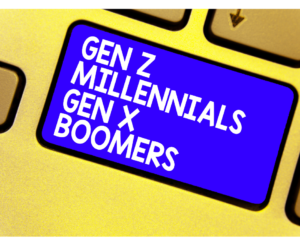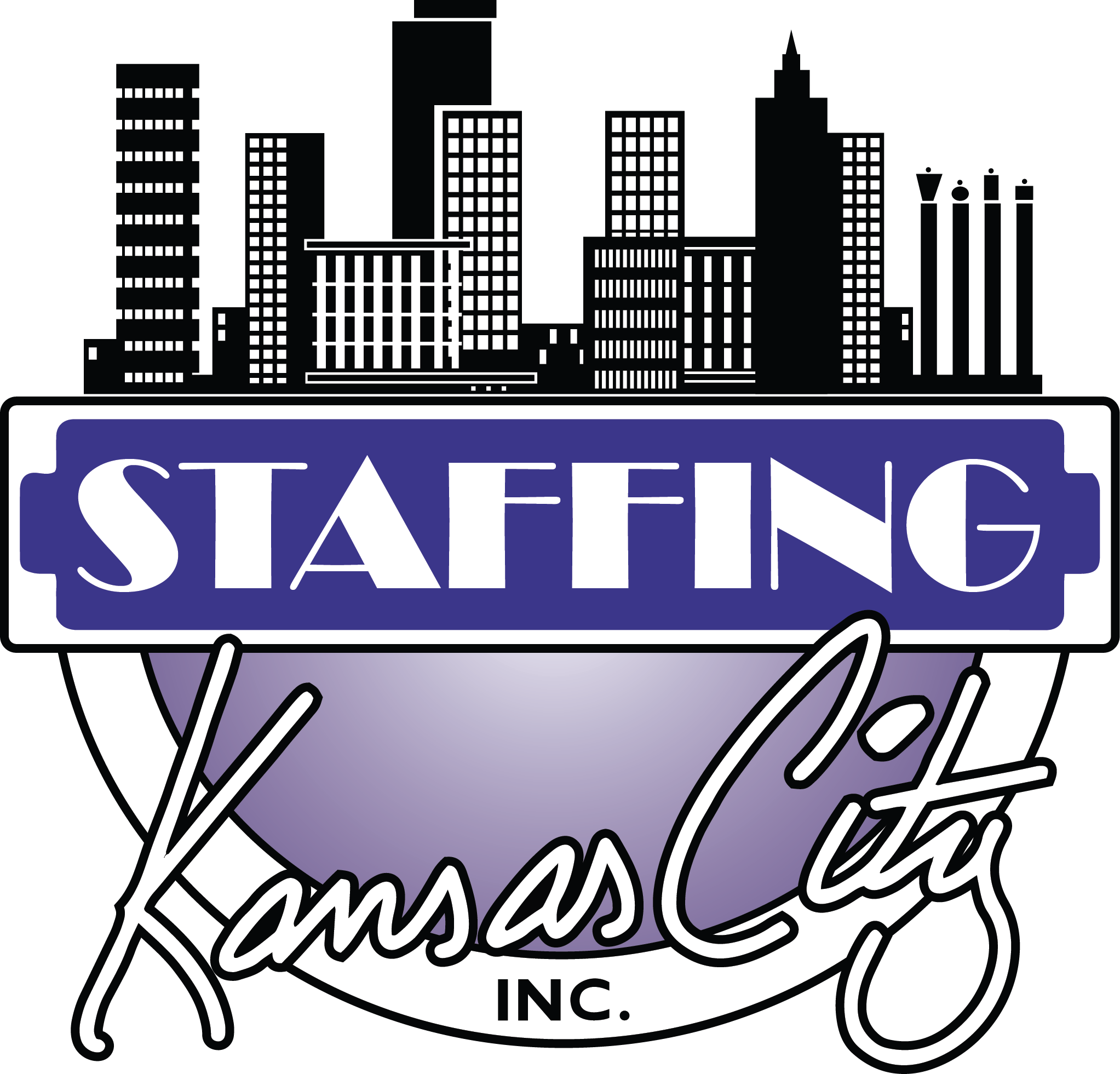
As they say, change is the only constant. These days, the direction of work continues to be redefined – from the TBD transitions of work-from-home and remote options to the impacts of a multigenerational workforce. With more generations working together than ever before, each has its own prevailing myths and hang-ups that continue to perpetuate, influencing many of the ongoing evolutions within the workplace.
During this collectivity, employers often find themselves looking for some form of balance that will keep employees of all generations engaged and loyal while also meeting the individual wants and needs of a multigenerational workforce. Most recently, this is seen in the growth of Gen Z employees within the workforce. Born somewhere between 1995 and the early 2010s, Gen Z comprised 24% of the workforce in 2020.
By some accounts, Gen Z can be seen to echo a few of the individualistic, autonomous, and skeptical characteristics of their Gen X parents. This entrepreneurial group of Gen Z-ers had a front row seat to the financial woes of 2008 and as a result are more financially focused, viewing work as necessary and a means to an end. Looking for security and advancement, Gen Z is more interested in continued learning and skills development than flashy offices and open work plans. Unlike their Millennial counterparts, Gen Z largely prefer to work with less collaboration and more autonomy.
Having grown up with technology from birth, Gen Z is deeply enmeshed, using their phones constantly for communication, research and rallying behind causes that resonate. This penchant for technology is also demonstrated in how this group sizes up future employers, judging the company’s online presence and the technology offered by the organization. As a result, this generation is also known for its reduced eye contact and may require training or coaching with more traditional forms of office communication.
One thing members of a multigenerational workforce can increasingly agree on is the desire for flexibility and a healthy work-life balance. For some, that may translate into a hybrid model with days at home and days in the office, while others may choose to work solely from home or in the office. As the economy continues to open, these changes will influence how the generations will work together now and, in the future, and how companies will move forward cohesively in a post-pandemic economy.

